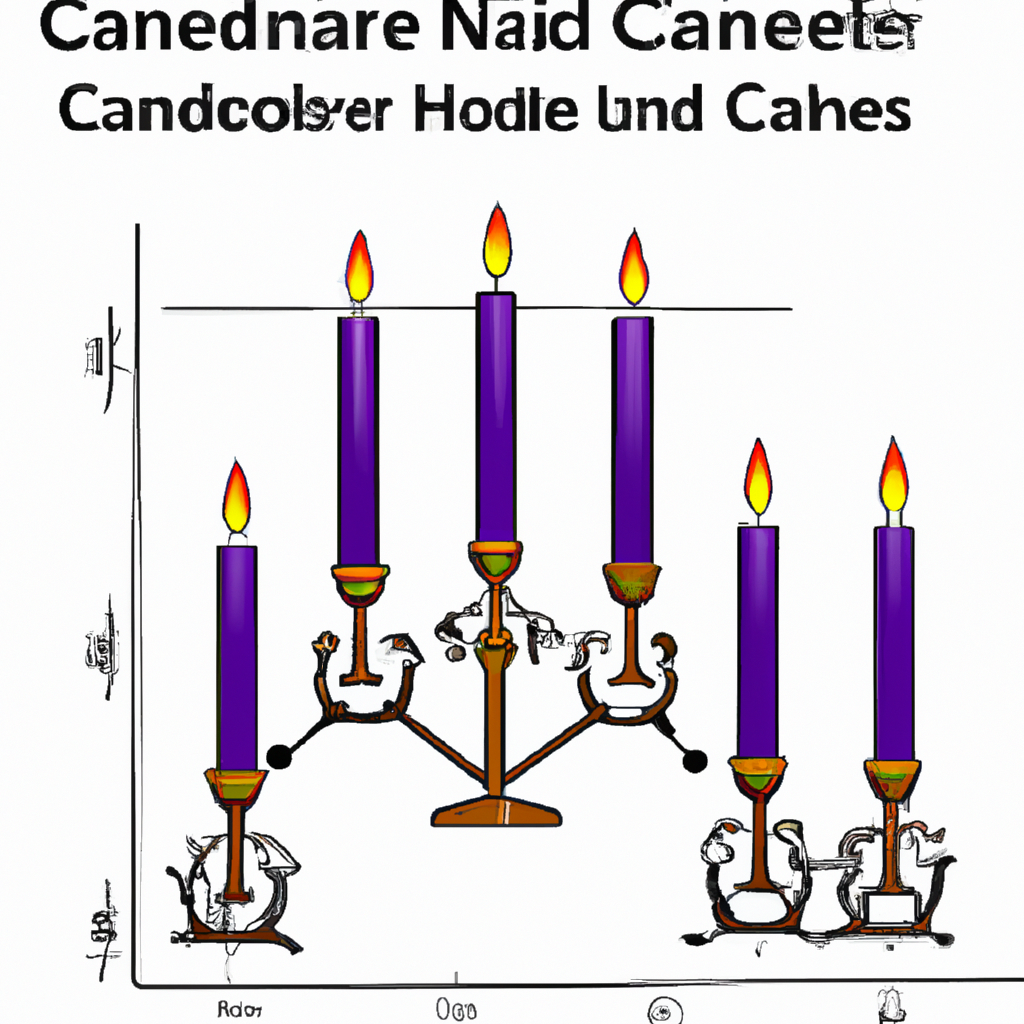
Candlestick Patterns Explained
Candlestick patterns are a popular tool used by traders to analyze market trends and make informed decisions about when to buy or sell assets. These patterns are formed by the price movements of an asset over a specific period of time, and can provide valuable insights into market sentiment and potential future price movements.
Types of Candlestick Patterns
There are several common types of candlestick patterns that traders use to analyze market trends. Some of the most popular patterns include:
- Doji: A doji candlestick pattern is formed when the opening and closing prices of an asset are very close to each other, resulting in a small or non-existent body. This pattern indicates indecision in the market and can signal a potential reversal in price direction.
- Hammer: A hammer candlestick pattern is characterized by a small body and a long lower wick, indicating that buyers were able to push the price back up after a period of decline. This pattern often signals a potential bullish reversal.
- Engulfing: An engulfing candlestick pattern occurs when a large bullish or bearish candle completely engulfs the previous candle. This pattern is considered a strong signal of a potential reversal in price direction.
How to Use Candlestick Patterns
When using candlestick patterns to analyze market trends, it is important to consider the context in which the patterns occur. Traders should look for patterns that are supported by other technical indicators and market data to confirm their validity. Additionally, traders should consider the timeframe in which the patterns are forming, as patterns that occur on longer timeframes are typically more reliable.
It is also important to consider the overall trend of the market when analyzing candlestick patterns. Patterns that occur in the context of a strong uptrend or downtrend are more likely to be valid signals of potential price movements, while patterns that occur in a sideways or consolidating market may be less reliable.
Conclusion
Candlestick patterns are a valuable tool for traders looking to analyze market trends and make informed decisions about when to buy or sell assets. By understanding the different types of patterns and how to use them effectively, traders can gain valuable insights into market sentiment and potential future price movements. However, it is important to remember that no single indicator or pattern can predict market movements with 100% accuracy, and traders should always use a combination of tools and analysis techniques to make well-informed trading decisions.





